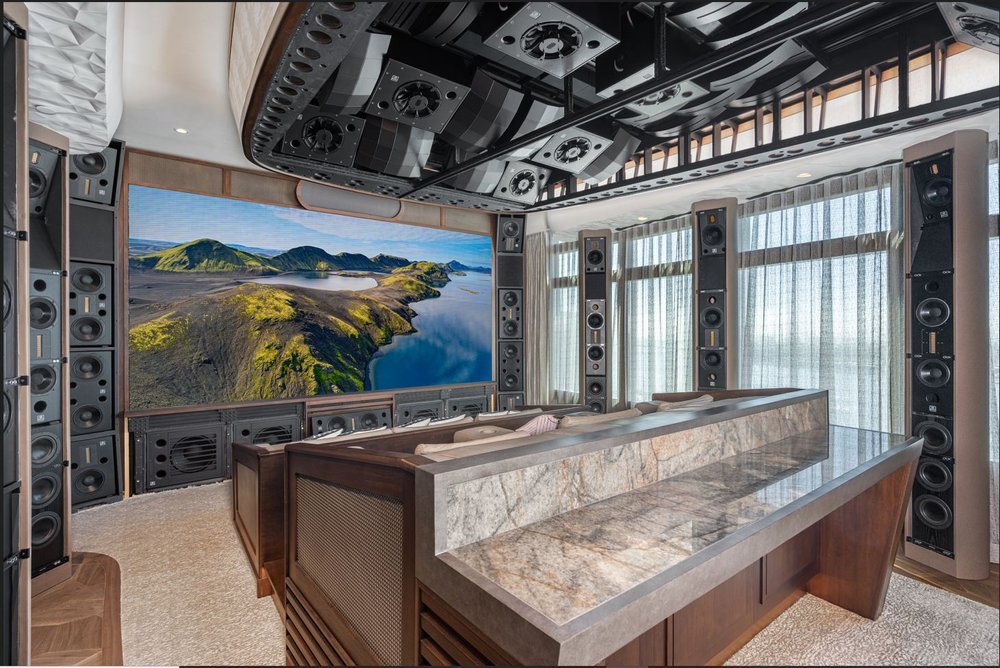Polars & dispersion on (page 17-19).
But yeah I don't really see how you can hit the spl goals for that space without compression driver'd pro speakers, or, line sources.
Call me the one in one thousand that gets fatigued by every compression driver speaker ever made, not right away but give it 2 weeks of fine tuning and surely it creeps in and it drives me mad: Meyers Synthesis, Pro, every second and third chance always happens.
I am in a similar dilemma due to the ridiculous length of this videowall media room. Everything is KEF CI 5160 in walls CI 2500 ceilings but I need a coaxial with enough throw to hit the farthest bar at THX levels.
I plan on over treating the room with Baswa sound absorbing plaster that works well to increase the ratio of direct to reflected sound. Any comments?



